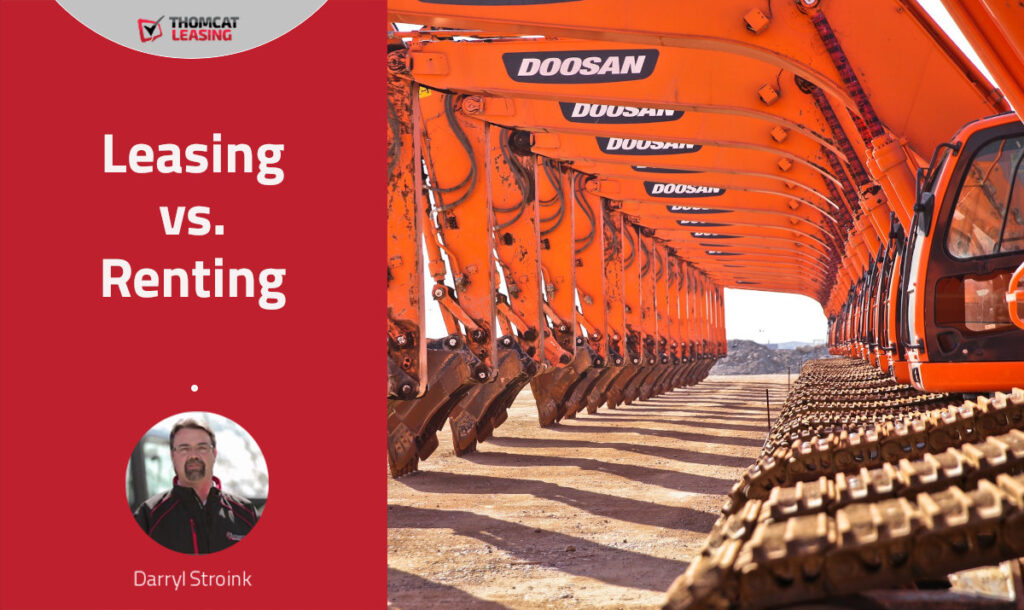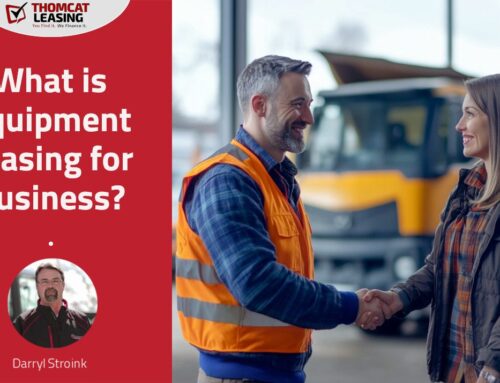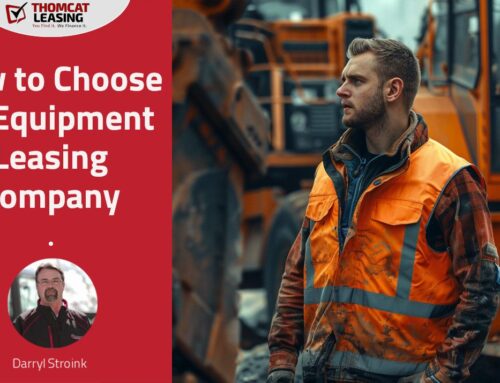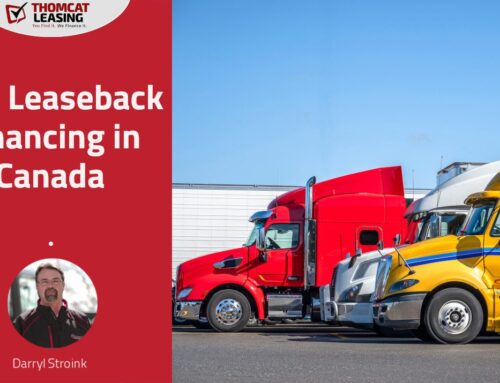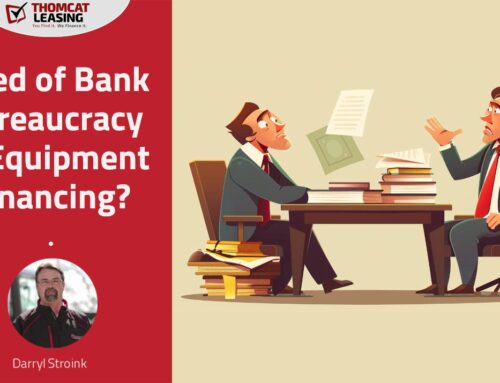What’s the Difference and Which Should You Choose for Your Business?
When it comes to acquiring equipment for your business, you’re faced with choices: should you lease or rent? At first glance, it might seem like a potato-potahto situation, but there are crucial distinctions between these two options.
Let’s break it down so you can make an informed choice based on your small business needs.
The Basics: Leasing vs. Renting Equipment
Leasing:
Leasing is like that sweet spot between owning and renting. It’s a structured, often long-term agreement where you gain access to the equipment you need without the hefty upfront costs of purchasing. In essence, it is a rental agreement with an end goal, such as owning the equipment at the end of the lease term.
Renting:
Renting, on the other hand, is just temporarily borrowing equipment. You pay a fee for a specific period, use the equipment, and then return it. It’s typically a short-term solution, ideal for temporary needs or when you don’t want the commitment of ownership.
Lease-to-Own Options
One key feature of leasing is the opportunity to own the equipment within 2-5 years. With a lease-to-own arrangement, you’re not just throwing money away; you’re making payments towards ownership. This option can be particularly appealing if you anticipate needing the equipment for the long haul and want to spread out the cost.
The Details of Leasing vs. Renting Equipment
Now, let’s get into the nitty-gritty details that can make or break your decision.
1. Cost:
Leasing has much lower long-term costs compared to renting. Arguably, leasing is even less expensive upfront because you usually do not need a down payment – and your payments are often lower than the rental payment. This is especially attractive for businesses with budget constraints or those looking to preserve their cash flow.
2. Duration:
Renting is great for short-term needs, while leasing is your go-to for the long haul. Leasing terms often range from 2 to 5 years or even more, depending on your agreement.
3. Customization:
Leasing agreements are often more flexible, allowing you to customize the equipment to your specific needs, whether that’s a high-powered coffee machine for your cafe or a forklift for your warehouse.
4. Maintenance:
Usually with leasing, you are responsible for the maintenance costs of the equipment. While a rental agreement might include maintenance on reasonable wear-and-tear. Either way, you’re paying for fuel or electricity, or if some damage occurs.
5. Ownership:
With renting, you’re essentially a temporary custodian. With leasing, you’re on the path to ownership. In the end, you’ll have an asset to show for all your payments through equipment leasing.
6. Taxes:
Leasing can have tax advantages as 100% of your lease payments are considered operational expenses, potentially reducing your taxable income. As well, you’ll have GST/PST/HST tax credits to apply over the entire lease term.
Making the Right Choice
Now that you have a clearer picture of the differences between leasing and renting, it’s time to make the right choice for your business. Consider factors like the duration of your equipment needs, your budget, and whether you want to eventually own the equipment.
If you’re leaning toward leasing, remember that it’s not just a financial transaction; it’s a partnership that can shape your business’s success. At Thomcat Leasing, we specialize in crafting tailored leasing solutions for Canadian small businesses. Our goal is to empower you with the equipment you need while ensuring your financial health.
Ready to explore your leasing options? Don’t hesitate to get a lease payment quote from us today. We’re here to help you take your business to the next level.
Get a Lease Payment Estimate Now!
Your equipment journey is just a click away, so why wait? Let’s equip your business for success!


